CONDITIONAL
DESIGN
Conditional design in a larger sense is what happens when we deliberately choose to work under constraints, which will make us explore new alternatives to existing ways of dealing and creating. When looking at sustainability and environmental awareness seasonal cooking, going to work by public transport instead of using the car (not applicable in the Netherlands). Altering existing habits or ways of doing things can lead to change and improvement, or at the very least new insight, and potentially the development of viable alternatives.
?
We working in the group to produce the work together. First of all, we started at drawing the circle in different colours. Each of person had one minute to draw the circle. Follow the step to draw the circle as bigger as we can. At the end every group has different kind of circle. But it all different and beautiful.
HOME
Conditional design
manifesto
Conditional Design
A manifesto for artists and designers.
Through the influence of the media and technology on our world, our lives are increasingly characterized by speed and constant change. We live in a dynamic, data-driven society that is continually sparking new forms of human interaction and social contexts. Instead of romanticizing the past, we want to adapt our way of working to coincide with these developments, and we want our work to reflect the here and now. We want to embrace the complexity of this landscape, deliver insight into it and show both its beauty and its shortcomings.
Our work focuses on processes rather than products: things that adapt to their environment, emphasize change and show difference.
Instead of operating under the terms of Graphic Design, Interaction Design, Media Art or Sound Design, we want to introduce Conditional Design as a term that refers to our approach rather than our chosen media. We conduct our activities using the methods of philosophers, engineers, inventors and mystics.
Process
The process is the product.
The most important aspects of a process are time, relationship and change.
The process produces formations rather than forms.
We search for unexpected but correlative, emergent patterns.
Even though a process has the appearance of objectivity, we realize the fact that it stems from subjective intentions.
Logic
Logic is our tool.
Logic is our method for accentuating the ungraspable.
A clear and logical setting emphasizes that which does not seem to fit within it.
We use logic to design the conditions through which the process can take place.
Design conditions using intelligible rules.
Avoid arbitrary randomness.
Difference should have a reason.
Use rules as constraints.
Constraints sharpen the perspective on the process and stimulate play within the limitations.
Input
The input is our material.
Input engages logic and activates and influences the process.
Input should come from our external and complex environment: nature, society and its human interactions.
==============================================
Luna Maurer, Edo Paulus, Jonathan Puckey, Roel Wouters
==============================================
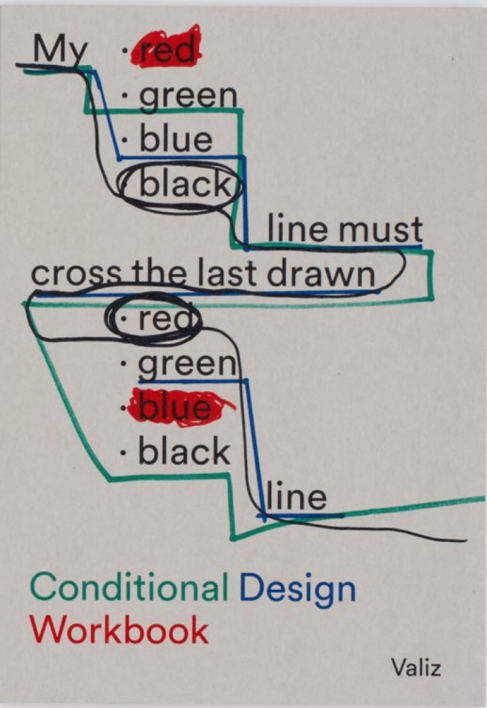
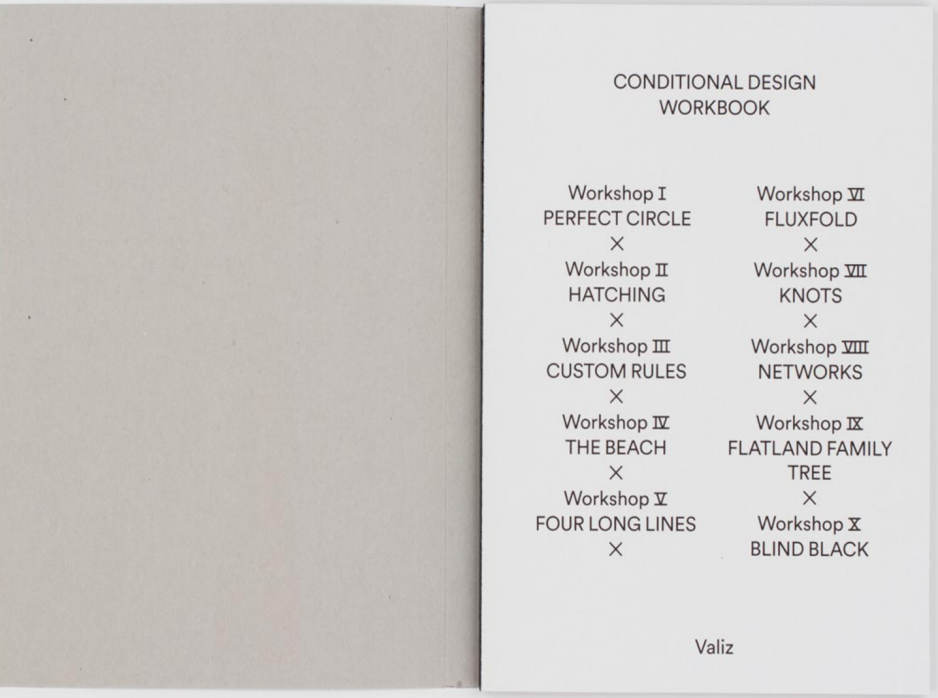

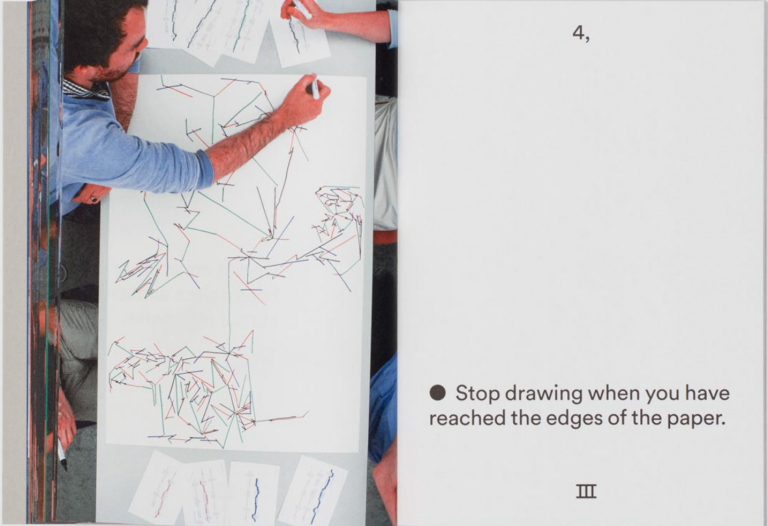

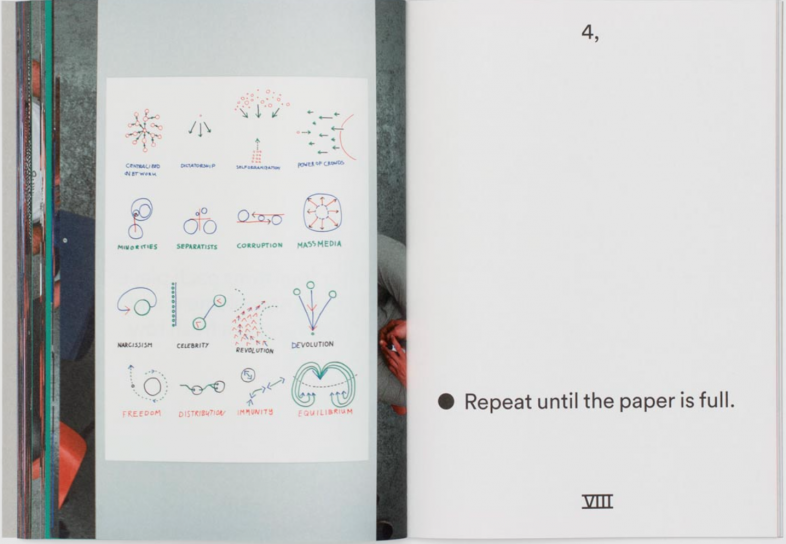
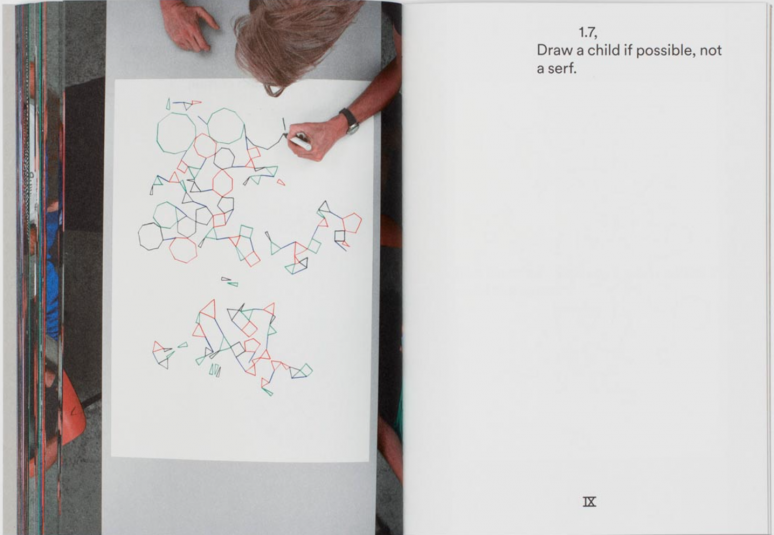
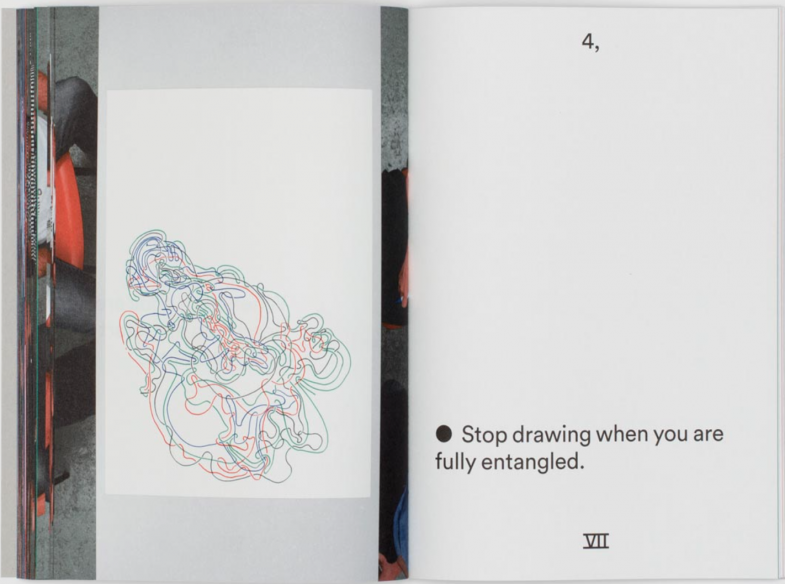
conditional
design
workbook
This workbook has perfectly explained how conditional design get into our live and it explained the process is the product. I really like the layout and the content of the book. As well as the rules are limited. It makes more possibility to create new pieces.